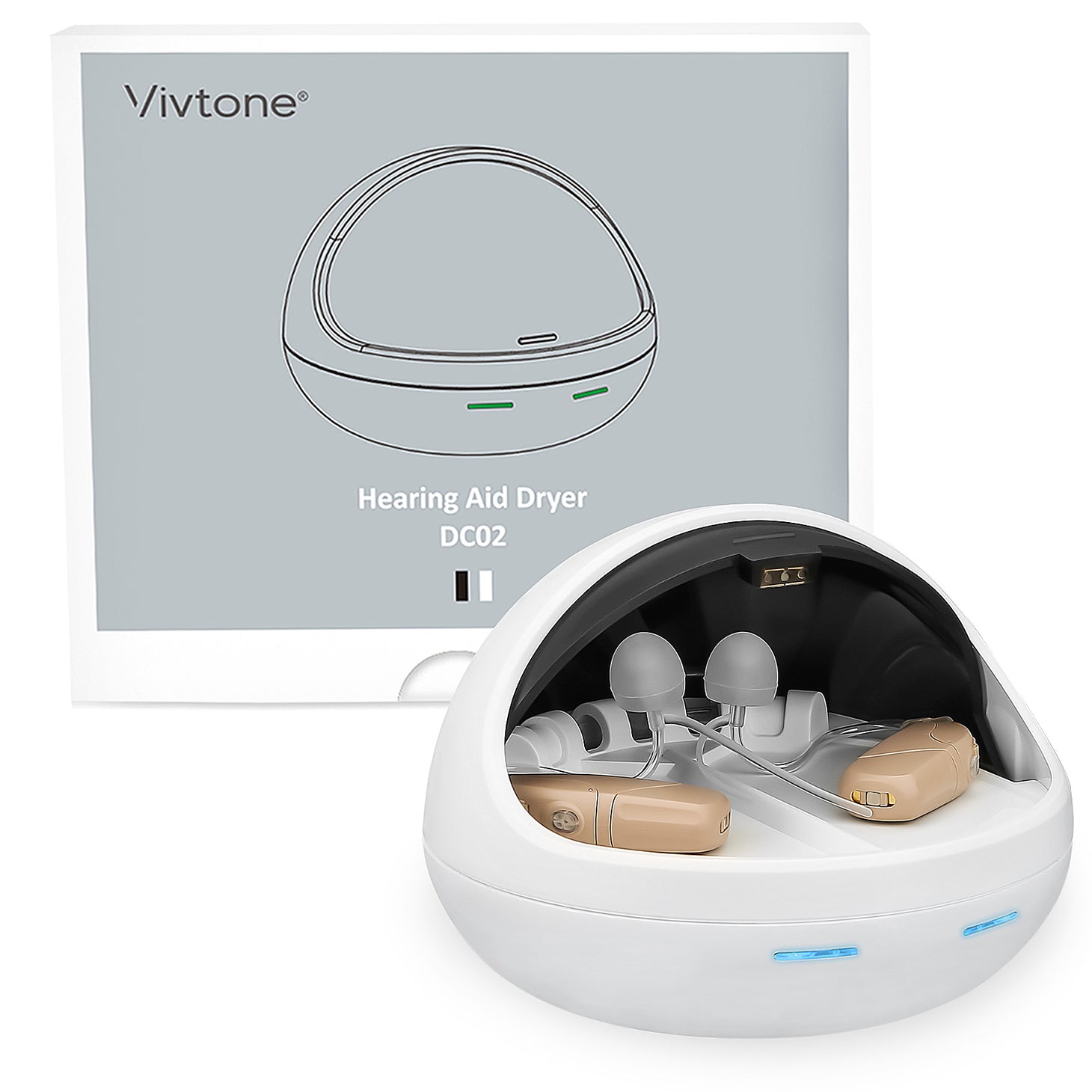When it comes to the performance of modern hearing aids, one crucial component plays a significant role: circuit boards. These small, yet powerful, electronic boards are responsible for processing sound signals and delivering clear and amplified sound to individuals with hearing loss. In this article, we will explore the importance of circuit boards in driving the performance of modern hearing aids and how they contribute to improving the lives of millions of people worldwide.

The Role of Circuit Boards in Sound Processing
Modern hearing aids are equipped with advanced circuit boards that utilize cutting-edge technology to process sound signals. These circuit boards contain microprocessors, which act as the brain of the hearing aid, analyzing and adjusting sound based on the individual's hearing needs. The microprocessors receive sound signals from the microphone and convert them into digital data.
This digital data is then processed using complex algorithms that enhance speech clarity, reduce background noise, and provide a personalized listening experience. The circuit boards can differentiate between speech and noise, allowing the wearer to focus on conversations and important sounds while minimizing distractions.
Advancements in Circuit Board Technology
Over the years, circuit board technology has evolved significantly, leading to improved performance and functionality in modern hearing aids. One notable advancement is the miniaturization of circuit boards, allowing for smaller and more discreet hearing aids. This has been made possible by the development of surface-mount technology, which enables the components to be mounted directly onto the circuit board, reducing the need for bulky wiring.
Furthermore, advancements in digital signal processing have revolutionized the capabilities of circuit boards in hearing aids. These advancements have led to features such as feedback cancellation, directionality, and automatic environmental adaptation. Circuit boards can now adapt to different listening environments, automatically adjusting settings to optimize sound quality and comfort for the wearer.
Integration of Wireless Connectivity
In recent years, circuit boards in hearing aids have also incorporated wireless connectivity, allowing for seamless integration with other devices. This enables wearers to stream audio directly from their smartphones, televisions, or other compatible devices. The circuit boards communicate wirelessly with these devices, delivering high-quality sound directly to the wearer's ears.
Wireless connectivity has opened up new possibilities for hearing aid users, enhancing their overall listening experience. They can enjoy phone calls, music, and other audio content without the need for additional accessories or compromising sound quality.
The Future of Circuit Boards in Hearing Aids
The future of circuit boards in hearing aids looks promising, with ongoing research and development focused on further improving performance and functionality. Researchers are exploring the use of artificial intelligence and machine learning algorithms to enhance sound processing and provide even more personalized listening experiences.
Additionally, advancements in battery technology are being integrated into circuit boards, allowing for longer battery life and reducing the need for frequent battery changes. This will provide greater convenience and reliability for hearing aid users.
In conclusion, circuit boards are the driving force behind the performance of modern hearing aids. They enable sound processing, enhance speech clarity, and provide personalized listening experiences. With advancements in technology, circuit boards continue to evolve, offering smaller sizes, wireless connectivity, and improved functionality. As research progresses, we can expect even more exciting developments in the future. Hearing aids equipped with advanced circuit boards have the potential to transform the lives of individuals with hearing loss, allowing them to reconnect with the world of sound.








